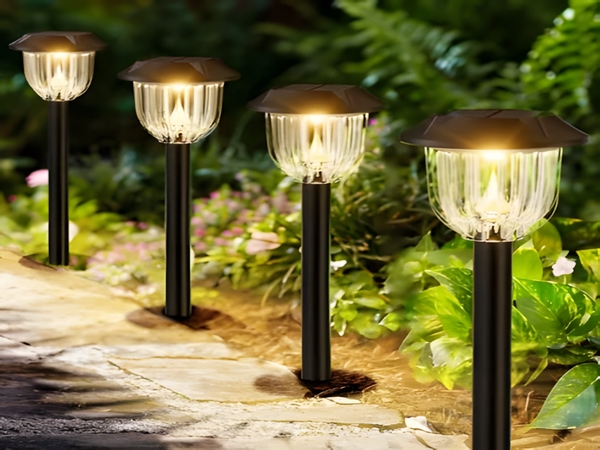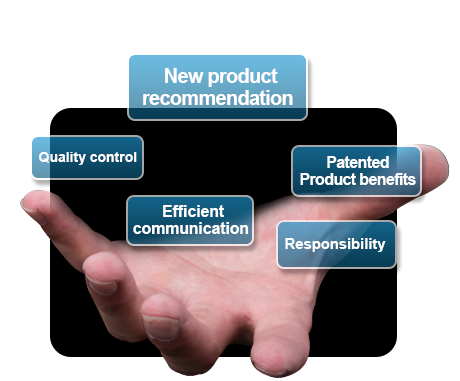Short-circuiting of the lead battery in solar street lights refers to the connection of the positive and negative poles within the battery. The short-circuit phenomenon in solar street light lead batteries is mainly manifested in the following aspects:
1. The open circuit voltage is low, and the closed circuit voltage (discharge) rapidly reaches the terminal voltage.
2. During large current discharge, the terminal voltage quickly drops to zero.
3. When charging, the temperature of the electrolyte rises very high and rapidly.
4. During charging, the voltage rises slowly and consistently remains low (sometimes drops to zero).
5. When the circuit is open, the density of the electrolyte is very low, and the electrolyte may freeze in low-temperature environments.
6. No bubbles appear during charging, or bubbles appear very late.
7. During charging, the density of the electrolyte rises slowly or remains nearly unchanged.

The main causes of short-circuit in solar street light lead acid batteries include the following aspects:
1. Poor quality or defects in the separator allow the active materials of the plates to pass through, leading to virtual contact or direct contact between the positive and negative plates.
2. The positive and negative plates are connected due to the displacement of the separator.
3. Conductive objects falling into the battery cause a connection between the positive and negative plates.
4. “Lead flow” formed during the welding of the electrode group has not been eliminated, or “lead beans” exist between the positive and negative plates during assembly, damaging the separator during charging and discharging, resulting in connection between the plates.

5. The active material on the plates expands and falls off, and excessive falling active material causes contact between the lower edges or side edges of the positive and negative plates with the sediment, creating a connection between them.
Outdoor solar street lights, which are semiconductor lighting lamps, are a type of solid cold light source characterized by environmental friendliness, pollution-free, low power consumption, high luminous efficiency, and long lifespan. Eco-friendly solar street lights are crucial for energy-saving in urban lighting.

